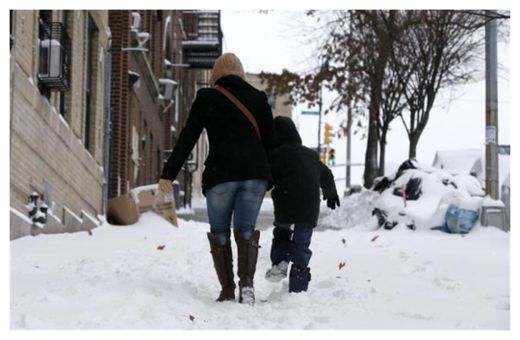
As the Midwestern United States shivered through the region's lowest temperatures in two decades and forecasters warned that life-threatening cold was heading eastward, officials in Chicago and other districts said schools would be closed on Monday.
Icy conditions snarled travel across the Midwest and thousands of flights were canceled or delayed, days after the Northeast was hammered by the first winter storm of the season.
"The coldest temperatures in almost two decades will spread into the northern and central U.S. today behind an arctic cold front," the National Weather Service said on Sunday. "Combined with gusty winds, these temperatures will result in life-threatening wind chill values as low as 60 degrees below zero (Fahrenheit/minus 51 degrees Celsius)."
In weather that cold, frostbite can set in on uncovered skin in a matter of minutes, experts warned. Minnesota Governor Mark Dayton ordered all public schools in the state closed on Monday to protect children from dangerously cold weather. Chicago public schools followed suit - reversing an earlier decision - saying in a statement on its website that it would be dangerous for children to commute to school amid sub-zero temperatures and high winds.
The NWS said the widespread chill was a result of a relatively infrequent alignment of weather conditions, allowing the Arctic polar vortex to be displaced unusually far south.
"The weather pattern across North America right now is set up to be very favorable for the southward transport of Arctic air," said Bob Oravec, a National Weather Service meteorologist.
"It's not going to be long-lived," he added. "By the end of the week the temperatures definitely start to moderate across the whole of the country."

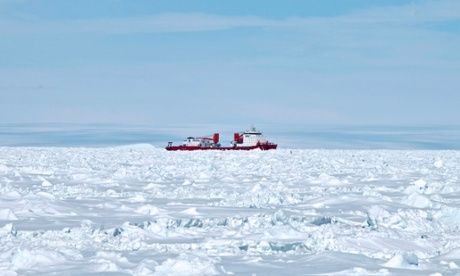
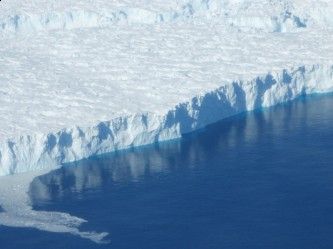
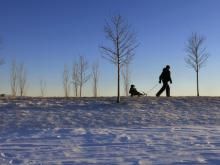
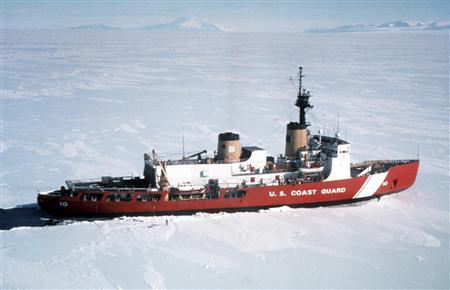
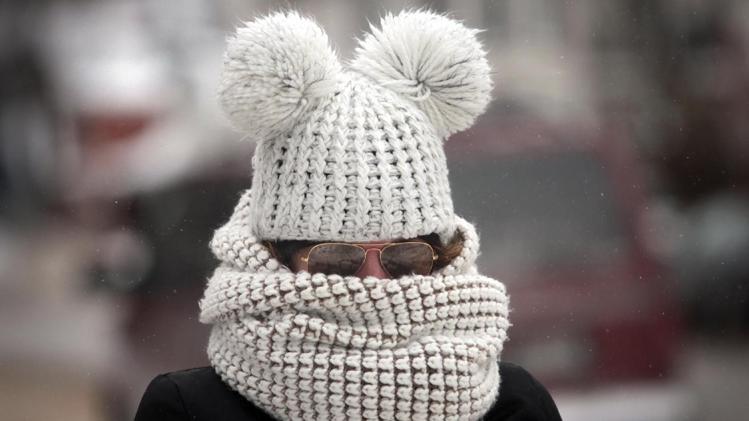
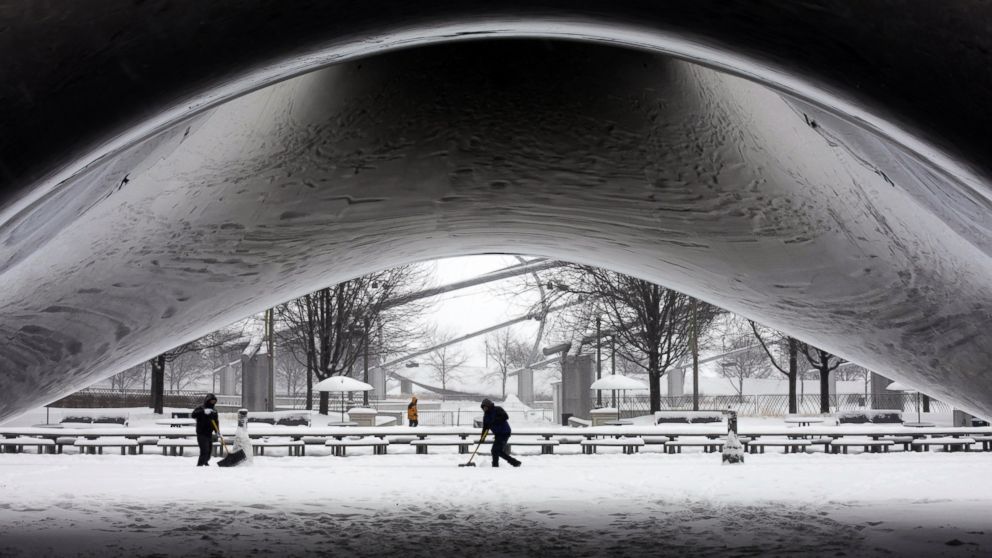
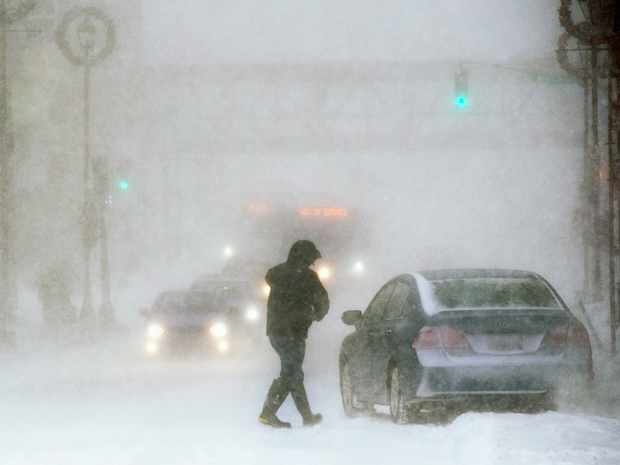



Comment: What a complete farce!